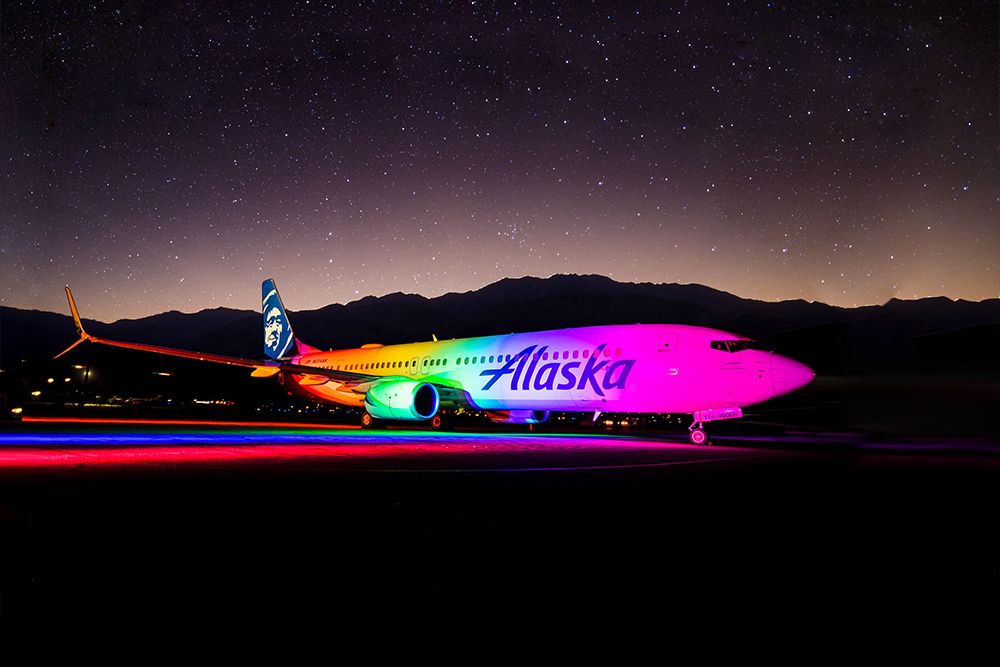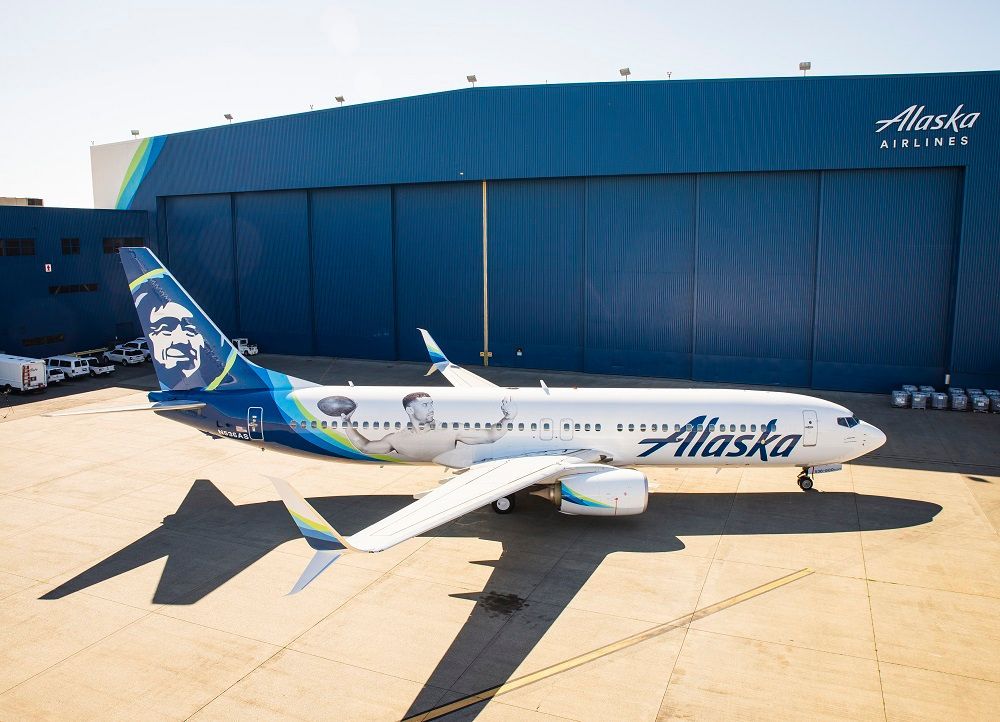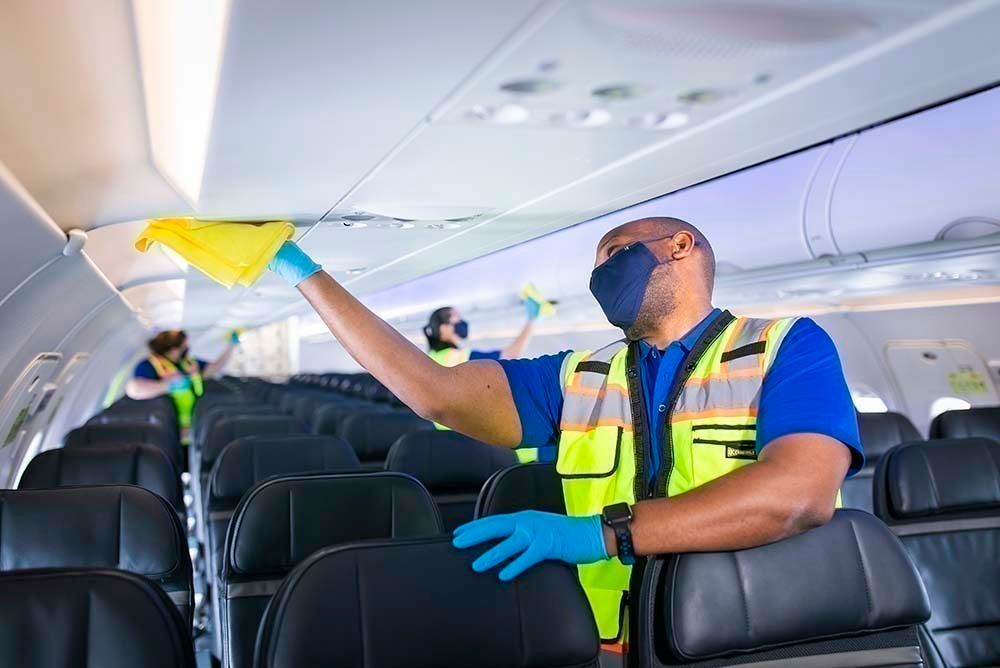Today, Alaska Airlines reported its financial results for both the final quarter of 2020 and for the whole year. As expected, the situation is not good, with a full-year loss running to $1.3 billion. Over the final quarter, the airline lost $430 million. Nevertheless, CEO Brad Tilden has remained optimistic, saying that there are ‘signs of brighter days ahead’.
A tough year for Alaska Airlines
By all rights, 2020 should have been a blockbuster year for Alaska Airlines. It was looking forward to more new planes, pushing into LAX with new routes, and joining the oneworld alliance. Sadly for Alaska, the Boeing 737 MAX remained grounded for most of the year, and while the LAX move went well, passenger traffic has remained low. The oneworld deal has gone pretty well, with the airline expanding its partnership with American Airlines ahead of joining later this year.
Nevertheless, for all the good work Alaska did in 2020, everything was against it. Therefore, it comes as no big surprise that the airline is registering some pretty hair-raising losses in its full-year report today.
Overall, Alaska lodged a full-year loss of $1.3 billion for 2020. That’s in stark contrast to its 2019 filing of a $769 million profit. For the fourth quarter of 2020, the airline lost $430 million, compared to income of $181 million in the same quarter last year.
However, there were some bright spots in the report, in particular in regard to its debt. Despite the challenging year and a decline in operating revenues of some 59%, Alaska’s net debt remained flat from December 2019, at $1.7 billion. Thanks to the efforts of the airline to secure new liquidity, totaling approximately $5 billion over the year, it finished 2020 with $3.3 billion in unrestricted cash and marketable securities in the bank.
Stay informed: Sign up for our daily aviation news digest.
Bright spots on the horizon
While there’s no doubt that 2020 was a tough year for Alaska, as it was for all airlines, the carrier is starting to see some hope in the future. The airline has recently reached an agreement with the US Treasury to extend payroll support funding, giving Alaska access to $533 million. The airline states that it has already received $266 million of those funds.
On the fleet side of things, at last, its ready-to-deliver 737 MAX are allowed to fly, and the airline took delivery of its first of the type just last weekend. Alaska says that it expects to receive an impressive 68 737 MAX 9 aircraft between now and 2024.
In tandem with this, the phase-out of the A320 fleet acquired from Virgin America is gradually picking up pace. 20 more A320s were removed from the fleet in Q4, 2020, making for a total of 40 Airbus aircraft removed over the year. Just 31 remain operating for Alaska today.
CEO Brad Tilden remained optimistic in his statement on the earnings, commenting,
"We are not out of the woods, but we are seeing signs of brighter days ahead. The people of Alaska and Horizon have really shown their grit over the past year, and the rest of the leadership team and I could not be more proud of them. We're positioned to come out of this crisis with our balance sheet unimpaired and our competitive advantages intact, and both of these set us up for a strong future and a long runway for growth."
The airline is well placed for a relatively rapid recovery, COVID allowing. With the newly launched West Coast Alliance with American Airlines now under its belt, and new ‘fun and sun’ routes all set for the spring, Alaska is in a great place to begin rebuilding its business.



